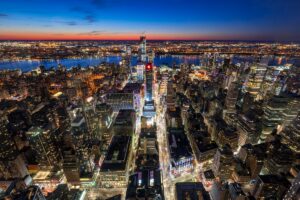In a historic shift that has reshaped the global luxury retail landscape, Milan’s Via Montenapoleone has achieved what was once considered improbable: dethroning New York’s Fifth Avenue as the world’s most expensive shopping street. This milestone, documented in Cushman & Wakefield’s 34th edition of “Main Streets Across the World” report, marks the first time a European location has claimed the top position in the global rankings.
The transformation of Via Montenapoleone reflects Milan’s broader evolution into a global luxury powerhouse. With annual rents reaching €20,000 per square meter, representing an impressive 11% year-over-year growth and a remarkable 30% increase over two years, the street has become the crown jewel of global luxury retail. In contrast, Fifth Avenue’s rental rates have remained stable at €19,537 per square meter over the past two years, suggesting a mature market that has reached a plateau.
What makes Via Montenapoleone’s ascendancy particularly fascinating is the unique character of Milan’s luxury district. Unlike the sprawling retail landscapes of other global cities, Milan’s luxury quarter is remarkably concentrated. The street’s premium positioning is enhanced by its strategic location within the Quadrilatero, particularly the coveted area between Via Verri and Via Sant’Andrea. This concentration has created an unprecedented density of luxury brands, fostering an atmosphere of exclusivity and sophistication that has become increasingly attractive to global retailers.
New York’s Fifth Avenue, while surrendering its top position, remains an iconic symbol of luxury retail. Its broader geographic spread and diverse retail mix have long been part of its appeal, offering brands exposure to a wide range of affluent consumers and tourists. The stability of its rental rates speaks to the street’s enduring appeal and established position in the global luxury market.
The contrasting characteristics of these two luxury destinations reflect broader trends in global retail. Milan’s rise exemplifies the growing importance of concentrated, highly curated luxury experiences. The city has successfully leveraged its heritage in fashion and design to create a compelling proposition for luxury brands. Thomas Casolo, Head of Retail Italy at Cushman & Wakefield, notes that “Milan has become a global brand synonymous with luxury,” highlighting how the city’s focused approach has paid dividends.
This shift in the luxury retail hierarchy presents both opportunities and challenges. For Milan, the key challenge, as noted by Joachim Sandberg, CEO of Cushman & Wakefield Italia, lies in transforming this achievement into tangible value for the broader community. The city must balance its luxury appeal with sustainable development that benefits all stakeholders.
Fifth Avenue’s response to this changed landscape will be equally telling. New York’s resilience and ability to reinvent itself have been proven throughout history, and this new challenge may spark innovative approaches to luxury retail in one of the world’s most famous shopping destinations.
The competition between these two iconic streets reflects more than just commercial real estate values; it represents a shifting global luxury landscape where European sophistication and concentrated excellence have, for the moment, edged out American scale and diversity. As both locations continue to evolve, their approaches to maintaining and enhancing their luxury appeal will offer valuable insights into the future of high-end retail.



